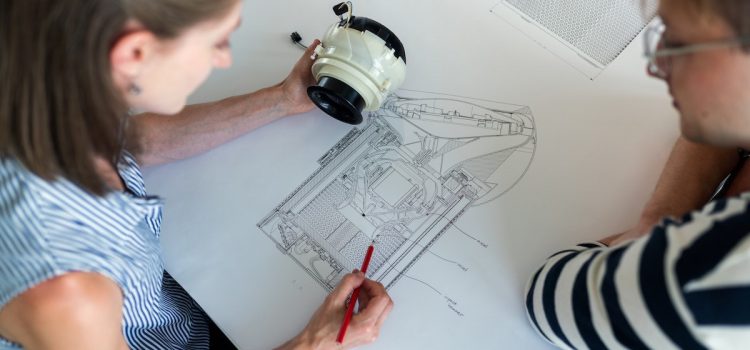
What is a fabless business model? Do companies benefit from prioritizing design over manufacturing?
The fabless business model is a design-centric model wherein a company focuses only on designing products rather than both designing and manufacturing. Digging deeper into the origins of the fabless model, you can see where and how this model has played a role in economic development.
Continue reading to learn what makes the fabless model successful.
How the Foundry Model Set the Stage for the Fabless Model
What truly set TSMC apart from other chip companies was its pioneering role in spearheading what’s known as the foundry model. The fabless business model closely followed this development.
Instead of designing their own chips, TSMC only manufactured chips designed by other companies—they were a manufacturing workshop. This offered distinct business advantages for TSMC through economies of scale and the opportunity to hone its production capabilities. This is known as the foundry model.
TSMC and other chip manufacturers enabled chip designers to outsource their manufacturing operations to companies engaged solely in manufacturing. By thus freeing themselves from the high startup costs of chip manufacturing, these designers can achieve the same optimization and efficiency in chip design that TSMC achieved in chip manufacturing. This optimization of design is what’s known as the fabless model.
(Shortform note: Despite the advantages of the fabless model, fabless semiconductor startup companies do face limitations and operational challenges. By relying on third-party foundries for chip production, fabless companies can face increased production costs and capital constraints, making it challenging for them to compete with integrated semiconductor firms. In addition, depending on external foundries for chip manufacturing introduces supply chain risks, as any disruptions or capacity constraints at the foundries can impact the production and delivery of their chips. Finally, limited control over the manufacturing process can affect the quality and consistency of fabless companies’ chips.)
The Decentralization and Globalization of the Chip Supply Chain
In the 2000s and 2010s, more designers began to shift to the “fabless” model, in which these companies no longer needed the fabrication equipment to manufacture their chips. This shift was a major factor in the globalization and decentralization of the chip supply chain—with the United States holding a smaller share of chip manufacturing as that side of the industry moved to Taiwan and other East Asian countries.

———End of Preview———
Like what you just read? Read the rest of the world's best book summary and analysis of Chris Miller's "Chip War" at Shortform.
Here's what you'll find in our full Chip War summary:
- The history and rise of the semiconductor industry in the US and abroad
- How national security became intertwined in the chip industry
- How a spurned TI employee grew the chip industry in Taiwan






